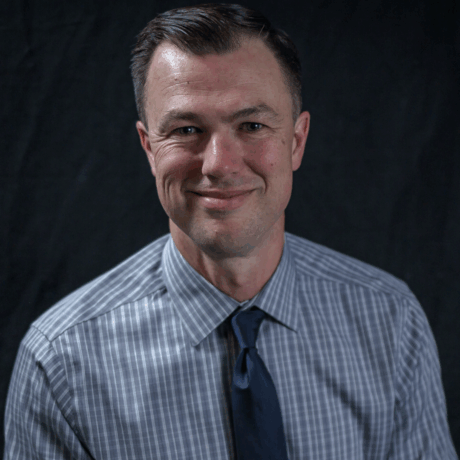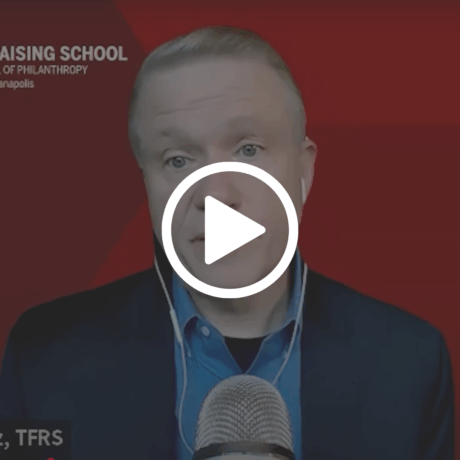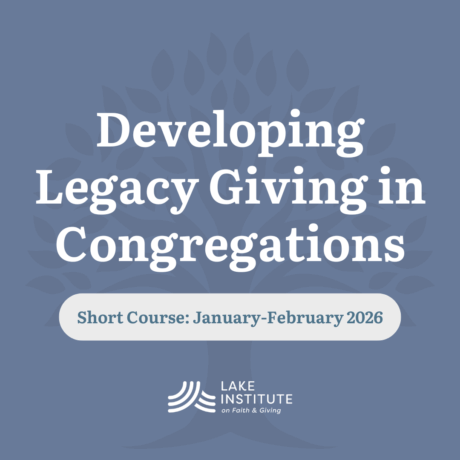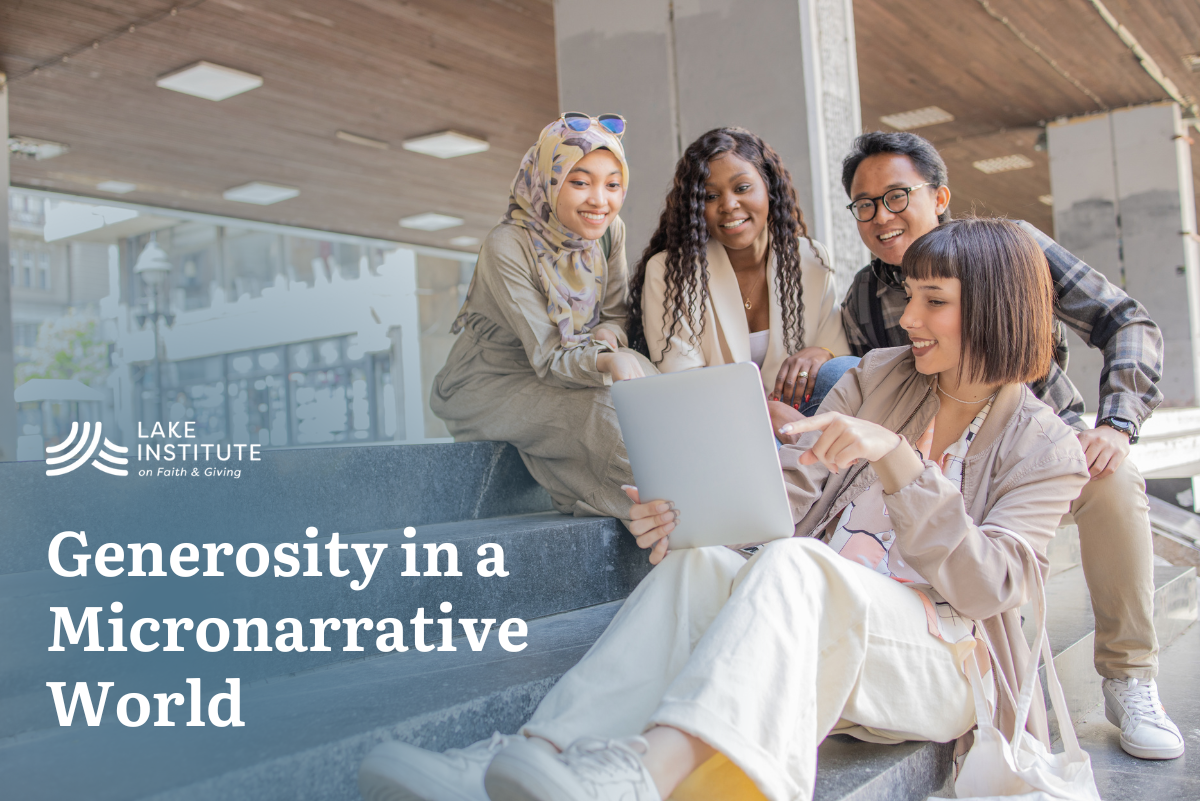Generosity in a Micronarrative World: Gen Z and Gen Alpha
Generosity in a Micronarrative World: Gen Z and Gen Alpha
Lake Institute is glad to welcome Dr. Josh Packard, co-founder of Future of Faith (and former executive director of Springtide Research Institute), as a guest contributor. Josh’s research has been a wealth of information for Lake Institute’s thinking about younger donors and potential donors, and we’re grateful for him sharing more of that analysis here.
By Josh Packard, PhD, Co-Founder of Future of Faith and author of Faithful Futures: Sacred Tools for Engaging Younger Generations

Generosity has never been a one-size-fits-all practice. Each generation interprets what it means to give, who is worthy of gifts, and how gifts create meaning. For a long time, institutions could rely on relatively stable models like pledge drives, tithes, and recurring commitments that matched the predictability of steady careers, long-term memberships, and inherited trust in organizations.
Gen Z and Gen Alpha are growing up in a different landscape. They live in a world where trust in institutions is at historic lows, economic precarity is a daily reality, and social connection flows more through networks than through formal structures. If earlier generations practiced generosity through institutions, these younger generations are expressing generosity through micronarratives: small, personal stories of impact that allow them to see their contribution as part of something real, immediate, and relational.
From Systems to Stories
Research shows that Gen Z and Gen Alpha are not less generous than older cohorts. In fact, studies often reveal higher rates of volunteerism, activism, and peer-to-peer support among these groups than among older adults at the same age. The difference lies in the form. They are less likely to give to a large system where their contribution feels invisible. They are more likely to support a neighbor’s GoFundMe, share a mutual aid request on social media, or donate time to a project their friend is leading.
These are not random acts of kindness. They are ways of embedding generosity inside a personal story that helps to make sense of the world. In Faithful Futures, I describe how younger generations are drawn to micronarratives: personal, integrated accounts that reconcile ancient traditions with modern realities.
Rather than seeking one overarching, totalizing story that they conform to, they piece together small, meaningful accounts that add up to a life well-lived. Generosity seems on track to be no different. Giving is not part of an obligation to be a part of an organization, but rather is an expression of a life that is lived with fidelity.
Why This Matters for Faith and Giving
For religious and philanthropic leaders, the challenge is not to convince young people to be generous. They already are. The challenge is to recognize how generosity shows up for them and to create bridges from those expressions into sustainable practices.
Three dynamics stand out:
- Immediacy over longevity. Young people want to see where their gift goes and whom it helps. Long-term endowments or broad institutional funds feel distant. Direct stories of impact feel trustworthy. Our own research at Future of Faith suggests that in an AI world, stories that are real, local, and personal engender trust faster than anything else.
- Relational networks over formal hierarchies. Generosity is mediated by peers and trusted voices, not primarily by organizational leaders. Influence runs horizontally more than vertically. Your best access to the next generations of donors is more likely to come from hanging out with them where they are already, than from trying to get them to join you where you are.
- Diverse forms of giving. Money matters, but time, skills, platforms, and advocacy often matter more. A young person who shares a fundraising link with 50 friends understands that act as a gift on par with dollars. This is especially true in an era when social media posts, once almost seen as disposable, take on greater consequences for social and career prospects. Where older generations might dismiss digital advocacy, younger people increasingly understand the weight of these decisions.
In recent months, I’ve heard young people tell me that bumping their barista’s tip from 20%-25% is their form of giving. Others have told me that they voluntarily started paying their dog-sitter more when they go out of town because they know that person is trying to pay their way through college. These acts of generosity are small, personal, meaningful, and incredibly important to their self-identity.
Practical Shifts for Leaders
These shifts do not mean that congregations or nonprofits must abandon traditional fundraising. They do mean leaders need to widen the frame of what counts as generosity and how it is invited.
- Tell small stories. Instead of only reporting aggregate impact (“we raised $100,000 for relief”), highlight individual narratives (“Aisha’s family had heat this winter because of your gift”) told through highly directed channels. Micronarratives connect the act of giving with a human face.
- Make room for episodic giving. While older systems rely on recurring commitments, offer opportunities for one-time, project-based gifts. Frame these as spiritually meaningful acts, not lesser versions of “real” generosity.
- Honor diverse contributions. Publicly recognize volunteers, advocates, and digital amplifiers as givers. The economy of generosity is broader than finances.
- Invest in relational authority. Trust is not transferred automatically from institutions to leaders. It is earned through listening, transparency, and proximity. Leaders who listen first create the conditions for generosity to follow.
A Generational Invitation
When older generations worry that “kids these days” are not generous, they are often looking for generosity in the wrong places. They expect to see it in the offering plate or the annual campaign. But Gen Z and Gen Alpha are weaving generosity into the very fabric of their lives. These acts are not smaller; they are simply different.
If leaders can recognize the power of micronarratives, they can meet younger generations where they already are. Instead of asking them to conform to systems built for another era, we can amplify the stories of generosity they are already living. In that amplification lies the possibility of connecting personal acts to a larger, shared vision that honors both the immediacy young people value and the sustainability communities require.
The next generation is not waiting to learn how to be generous. They are waiting for us to see the generosity that is already there.
Josh Packard, PhD, is one of the foremost experts in the spiritual lives of modern American youth and an accomplished researcher in the sociology of religion and new forms of religious expression. He has authored numerous books and articles in both popular and academic outlets. His most recent publication is “Faithful Futures: Sacred Tools for Engaging Emerging Generations.“
Through the Lens of Gen Z: What Does Generosity Mean to Me?
By David Edwards, Senior at Gordon College, Graduate Student in the Master of Arts in Theology for Community Transformation Program

When I was a little kid, my three siblings and I each had our own “Day of the Week” where the entire family would pray for that person, and their night would culminate in the ultimate prize – Dad tucking us into bed! Afterwards, he’d hop into bed with us and lie there until we fell asleep (or wait 30 minutes because I refused to stop talking). It was always the highlight of our week.
One Thursday – my day – my dad gave me some terrible news: He had made plans to go to the movies with one of his friends and wouldn’t be back until late to tuck me in! I was beyond devastated. I remember crying, “But it’s my day!” Unfortunately, his plans were set.
A couple of hours went by, and it was about my bedtime. I heard the unexpected sound of the garage door activating and the heavy, metal laundry room door opening. Suddenly – there he was. My dad! I was both elated and confused. My dad explained: He said he had given me his word he would tuck me in, so he left the theater, drove back home, and came to see me. I have never forgotten that day.
To me, that is generosity. It’s laying something important down to be there for someone you care about. It’s found in small gestures or sacrifices. Things that might be an inconvenience for the giver, but life-changing for the receiver.
I was presented with an opportunity to practice this with a family I met recently. Their son turned nine and invited me to his house for a party! I was honored but quickly realized that I had conflicting plans. However, I was reminded of nine-year-old David, and how he would have felt, seeing his big-kid college friend show up for him on his special day, and then I remembered my dad. The decision became clear.
As I get older, I know I’ll have access to more resources. I’ll have more money, influence in my community, and experience, among other benefits. My Dad’s example of generosity will continue to guide me in how I share those resources with others. His intentionality, humility, and commitment to his word are qualities that will guide me in every career path. Being generous with whatever I have, even when it’s inconvenient to me, is something I plan to live by.
David Edwards is a senior at Gordon College and a graduate student in the Master of Arts in Theology for Community Transformation (MATCT) program. Originally from Minnesota, he is pursuing a dual academic path that combines undergraduate and graduate theological education. David is passionate about building bridges across culture, politics, and theology by fostering honest dialogue, deep listening, and a commitment to shared understanding. People can find his podcast, YKDP podcast (Young King Dave Podcast), on all podcasting platforms as well.
The First Day Podcast: Next Gen Donors Inside Story

In this episode of The First Day podcast by The Fund Raising School, host Bill Stanczykiewicz, EdD, is joined by Rachel Gerrol, founder and CEO of NEXUS Global, and her COO, Liza Heavener, to pull back the curtain on the philanthropic habits of Gen Z and millennials.
Developing Legacy Giving in Congregations

Equip your congregation for sustainable impact by enrolling in Lake Institute’s Developing Legacy Giving in Congregations course (Jan–Feb 2026).
Over four weeks of live and asynchronous sessions, leaders will learn how to design legacy giving programs. From understanding donor motivations and gift vehicles to crafting invitations and building momentum, this course gives you practical tools to create a legacy giving program.
The online learning platform opens on January 20, 2026, with the first plenary session on January 27, 2026.
Subscribe
Insights is a bi-weekly e-newsletter for the religious community and fundraisers of faith-based organizations that provides:
- Reflections on important developments in the field of faith and giving
- Recommended books, studies and articles
- Upcoming Lake Institute events

